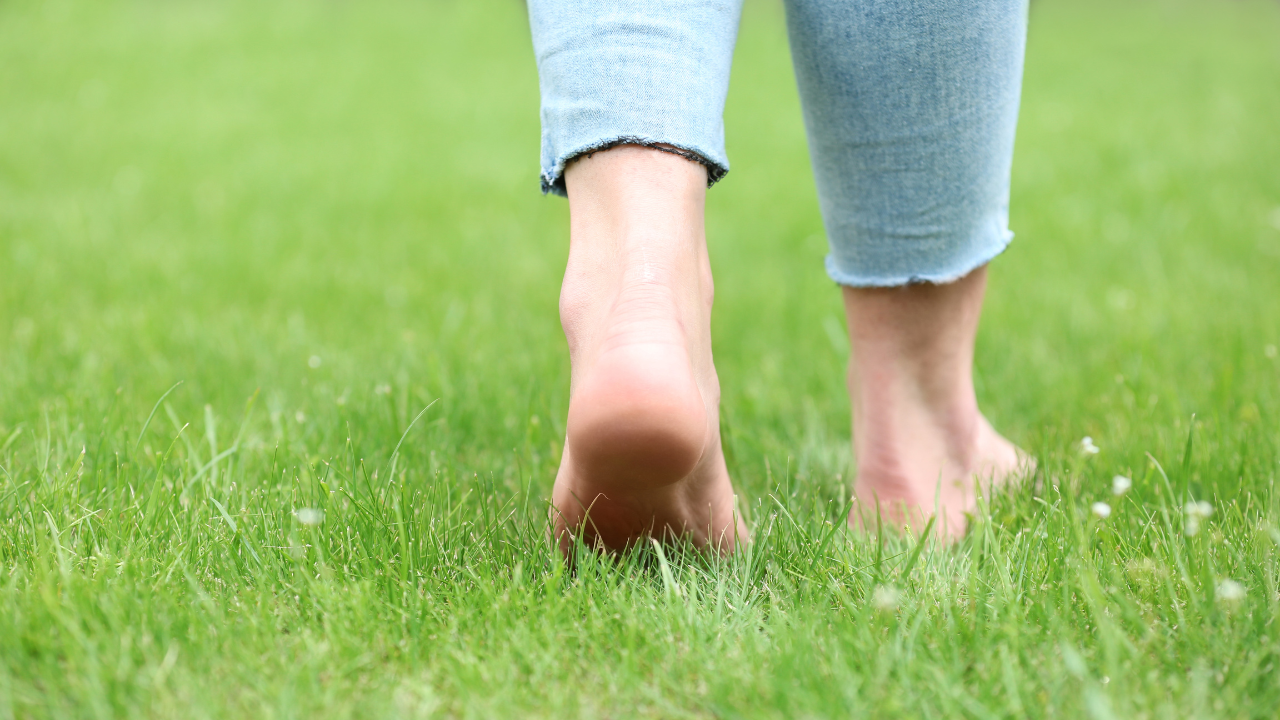Lumbar spondylolisthesis is the displacement of the lumbar vertebrae in either the forward or backward position. It can cause pain, numbness, and tingling in the lower back, buttocks, or thighs, making walking or standing up straight difficult. In Western medicine, surgery may be recommended when lumbar traction does not bring relief.
In traditional Chinese medicine (TCM), treatment from acupuncture, herbal medicine, tuina (a manipulative therapy), and massage are also unable to cure it completely. Is lumbar traction effective for lumbar spondylolisthesis? What are the sequelae (secondary results) of surgery? What are the causes, symptoms, and ways to prevent it? 1. Recurrence of Slippage 2.
Unable to Recover Naturally First-degree spondylolisthesis is from 0 ~ 25 percent Second-degree spondylolisthesis is between 25 ~49 percent Third-degree spondylolisthesis is from 50 ~ 74 percent Fourth-degree spondylolisthesis is between 75 ~100 percent Fifth-degree spondylolisthesis is when the upper vertebrae slip forward onto the vertebra below it. 1. Poor Sedentary Posture 2.
Wrong Application of Force 3. Overweight 4. Kidney Deficiency 1.
Proper Sedentary Posture 2. Less Sofa Sitting 3. Proper Posture While Lifting 4.
Muscle Training and Kidney Nourishing.


















